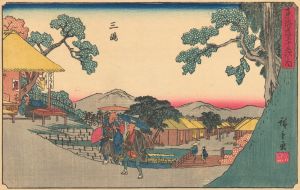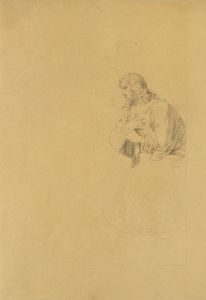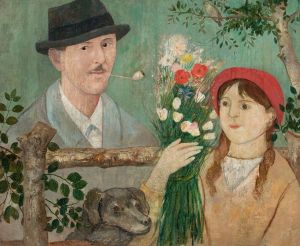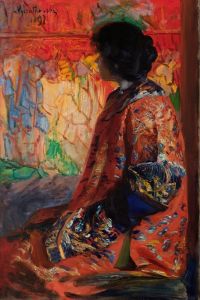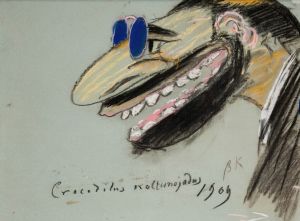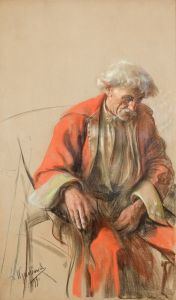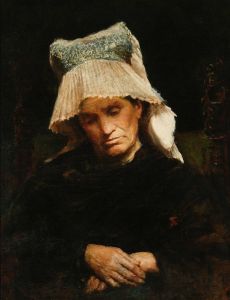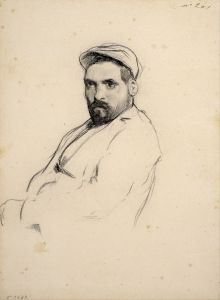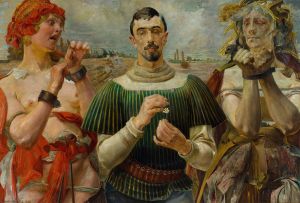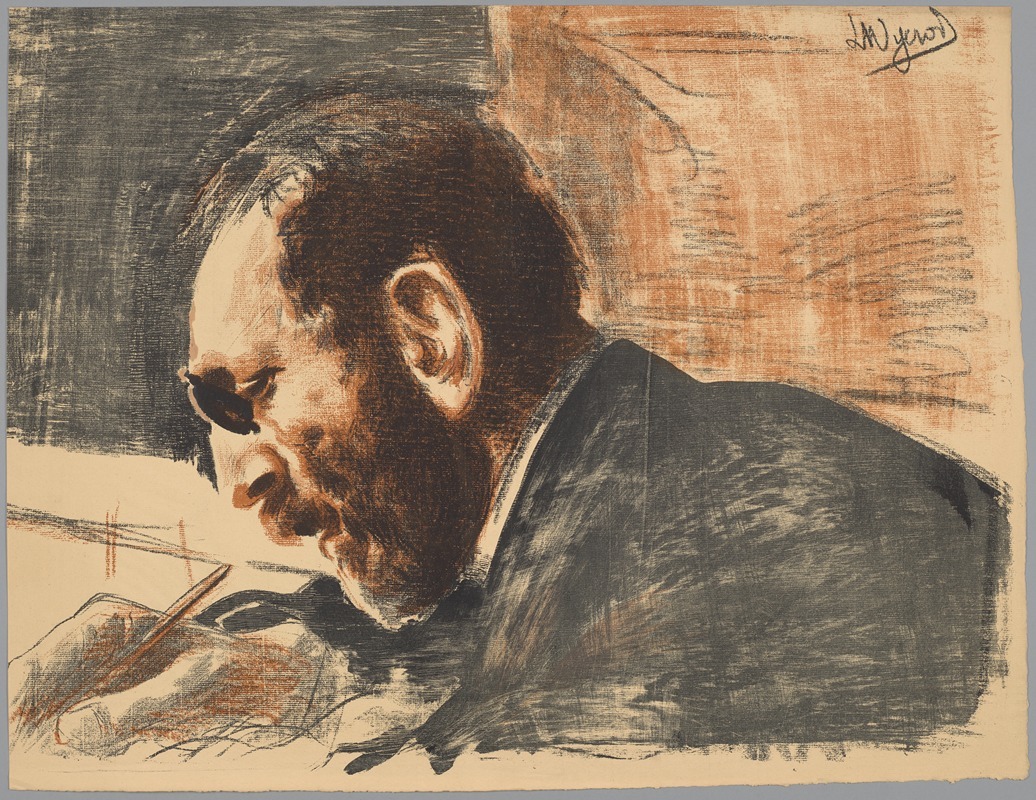
Feliks Jasieński
A hand-painted replica of Leon Wyczółkowski’s masterpiece Feliks Jasieński, meticulously crafted by professional artists to capture the true essence of the original. Each piece is created with museum-quality canvas and rare mineral pigments, carefully painted by experienced artists with delicate brushstrokes and rich, layered colors to perfectly recreate the texture of the original artwork. Unlike machine-printed reproductions, this hand-painted version brings the painting to life, infused with the artist’s emotions and skill in every stroke. Whether for personal collection or home decoration, it instantly elevates the artistic atmosphere of any space.
Feliks Jasieński by Leon Wyczółkowski is a portrait painting created by the Polish artist Leon Wyczółkowski. The artwork depicts Feliks Jasieński, a prominent Polish art collector, critic, and patron of the arts during the late 19th and early 20th centuries. Jasieński, also known by his pseudonym "Manggha," was a significant figure in the promotion of modern art and Japanese culture in Poland. His extensive collection of Japanese art and artifacts played a crucial role in introducing Japanese aesthetics to the Polish art scene.
Leon Wyczółkowski, the artist behind the portrait, was one of the leading figures of the Young Poland movement, a modernist period in Polish art and literature. Wyczółkowski was known for his versatility, working in various media such as oil painting, watercolor, and pastel. His works often explored themes of nature, portraiture, and Polish cultural identity.
The portrait of Feliks Jasieński is notable for its expressive style and attention to detail, capturing the personality and character of its subject. Wyczółkowski's use of light and shadow, as well as his dynamic brushwork, reflects his mastery of the medium and his ability to convey the individuality of his sitter. The painting is considered an important example of Polish portraiture from the early 20th century.
Feliks Jasieński's contributions to the arts extended beyond his role as a collector. He was a passionate advocate for the integration of Eastern and Western artistic traditions, and his collection of Japanese art eventually became the foundation for the Manggha Museum of Japanese Art and Technology in Kraków, Poland. This museum, established in 1994, continues to honor Jasieński's legacy by promoting cross-cultural dialogue and appreciation for Japanese art.
The exact date of the painting's creation is not definitively documented, but it is believed to have been completed during the early 20th century, a period when both Wyczółkowski and Jasieński were active in the Polish art world. The portrait remains a testament to the close relationship between the artist and his subject, as well as their shared dedication to the advancement of art and culture in Poland.
Today, the painting is housed in the National Museum in Kraków, where it is part of the museum's extensive collection of Polish art. It serves as a valuable historical artifact, offering insight into the artistic and cultural milieu of Poland during a transformative period in its history.





